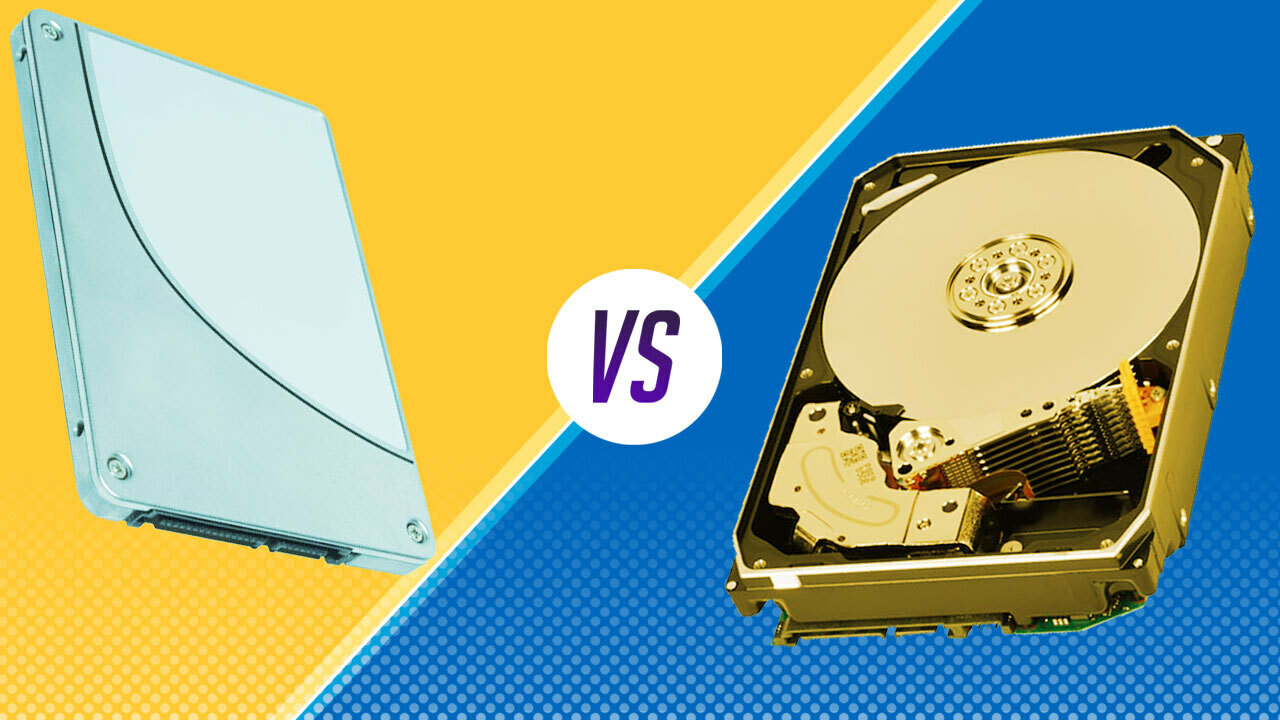SSD vs HDD
What makes SSDs an increasingly popular choice is their speed. Across the board, SSDs outpace HDDs because they use electrical circuitry and have no physical moving parts. This leads to shorter wait times when you’re starting up and fewer delays when opening apps or doing heavy computing tasks. For example, the Intel SSD D5-P5316 is a 15.36TB enterprise-grade SSD that offers over 7000 MB/s in bandwidth. The 14TB Seagate Exos 2×14, a compatible HDD, offers only up to 500 MB/s in bandwidth. That’s a difference of 14x!
Speed is also influenced by the interface used in an SSD vs. HDD that connects to the rest of the computer system when transferring data back and forth. You might have heard of these interfaces—SATA and PCI Express (PCIe). SATA is an older, slower, legacy technology, while PCIe is newer and faster. SSDs with PCIe interfaces will typically be much faster than HDDs with SATA because PCIe contains more channels to transfer data. Think of it like the number of cars that can go down a one-lane country road compared to a four-lane highway.
SSDs commonly use less power and result in longer battery life because data access is much faster, and the device is idle more often. With their spinning disks, HDDs require more power when they start up than SSDs.
Our Virtual Machines use SSD Drives for better performance, and at least 8 CPU cores for a faster speed.

